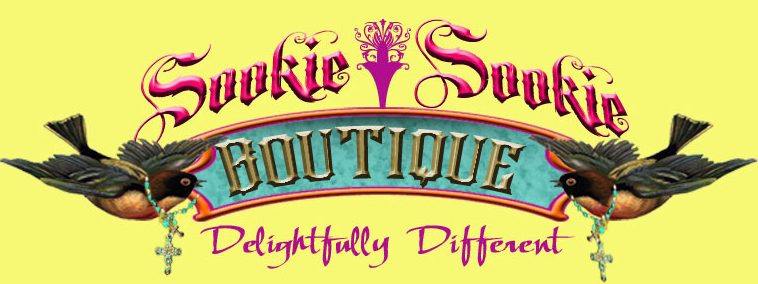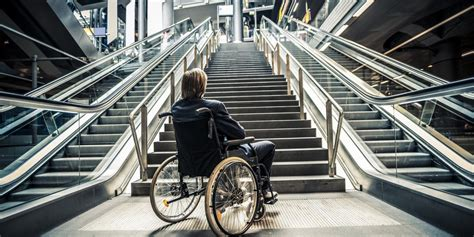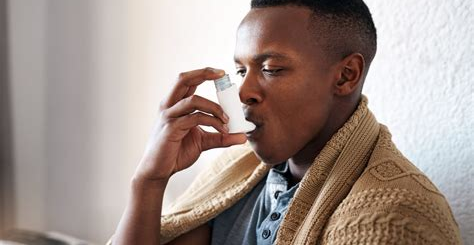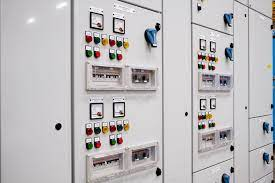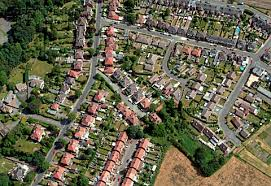A massage is not the best thing you can do to recover from an injury
Massage is a tool with a lot of potential in the field of injury prevention and treatment. It is widely known in the sports field, and therapeutic massage is used within physiotherapy in the recovery of certain ailments, however Is massage the best to recover from an injury? The answer is no, and we tell you in detail why?
 Massage: One more technique within recovery (not the only one)
Massage: One more technique within recovery (not the only one)
Physiotherapists are accustomed to being associated with massage, and that’s not bad. Using the massage within the treatment of an injury is an option that has the physiotherapist, but we will review important elements that must not be forgotten:
- Diagnosis: This is the starting point. Before an injury, there are people who come to give them a massage, because they hurt the muscle, because they think it can be a “pull” or a “contracture.” But the techniques in isolation do not relieve, because the first thing is to really know what injury there is, to name it, to receive a diagnosis. The medical diagnosis details the extent of the injury, while the diagnosis of physiotherapy detects problems and dysfunctions (of strength, mobility, pain …) that can be addressed from physiotherapy.
- Treatment adapted to each person: The lesions are not the same although they have the same name: the structures affected may not be the same depending on each person, and each person responds differently to an injury. That someone with a certain injury was good treatment (massage, stretching …) does not mean that in another case the treatment is the same. For that reason we have highlighted in the previous point the importance of the diagnosis and evaluation of the case, because it allows to set objectives and choose the appropriate tools.
- Choosing the best treatment: When going to healthcare professionals, there are several factors that influence the choice of treatment. The patient preferences are one of these factors: if someone relieves a massage can be a technique that helps in the treatment, but we are clear that probably is not the only nor the most important. The choice should be made, as we say, depending on the patient’s preference (from the range of techniques available and useful in their case), the preference of the healthcare professional (for their knowledge, experience, training …) and following the evidence current. That is, if a technique is discouraged or there are better ones, we should opt for those endorsed scientifically.
- Treatment of the cause: In connection with the previous point, it is often the case that patients come asking for certain techniques ( kinesiotaping, dry puncture, massage …) because somebody recommended it, because it was used by a famous sportsman … But let’s go back to Remember the importance of individualized treatment and address the cause. Applying a massage to an injury can relieve soft tissue, promote circulatory return, even reduce the sensation of pain, provide well-being … But it is one more technique, within the therapeutic range aimed at recovering from that injury but also protecting against future injuries . That is why we must always keep active work in mind.
Therapeutic exercise and active work, fundamental in recovery
By active work we will refer to all the guidelines, tips, adaptations, modifications, exercise and other that the patient performs himself, in order to recover from the injury, and also to prevent relapses.
The therapeutic exercise plays a fundamental role in the rehabilitation after an injury, so we already dedicate an entry on the rehabilitation in the return to physical activity or sports.
Therapeutic exercise is a tool of the physiotherapist used to indicate exercises aimed at the recovery of the injury, to work the objectives raised in the evaluation and subsequent reevaluations of the case. Also to give guidelines and to train gestures similar to the habitual sport activity, or to the gesture that caused the injury.
There will be training to strengthen the area and prepare the person / athlete to return to the activity progressively, adding more and more complex exercises and more similar to the real situation, as well as stretching exercises, proprioceptive type, etc.
Therefore, although massage can help you in a timely manner in recovering an injury, we recommend for all these cases to be put in the hands of health professionals and ask them about exercises and guidelines to improve the recovery of the injury and reduce the risk of relapse.
